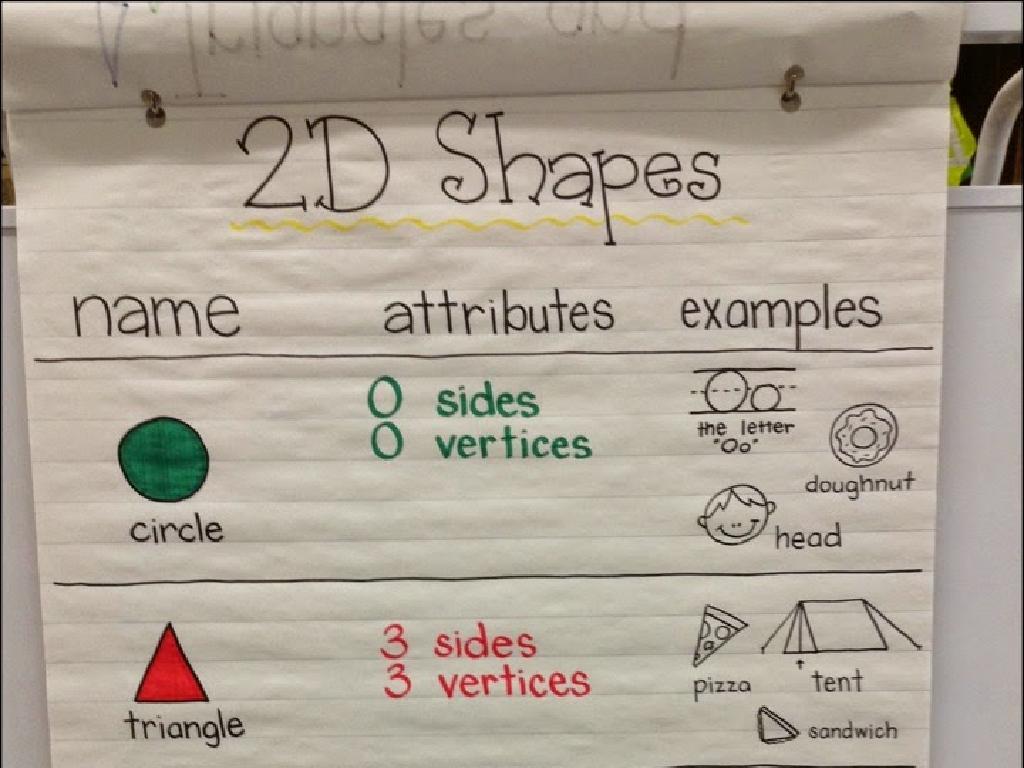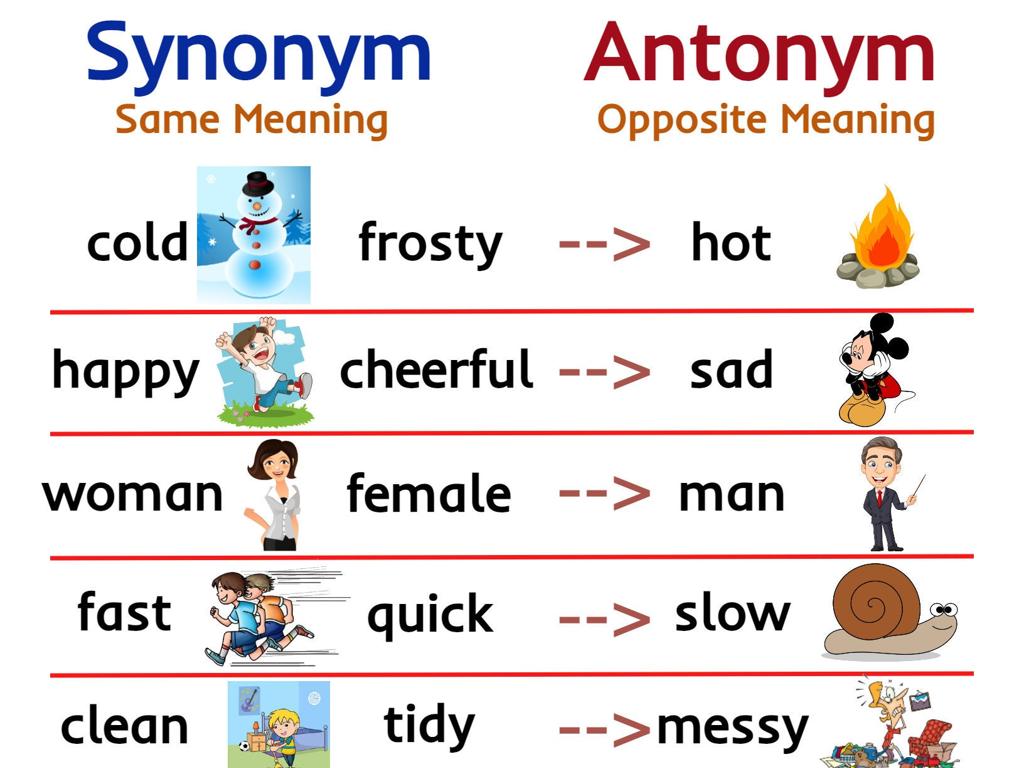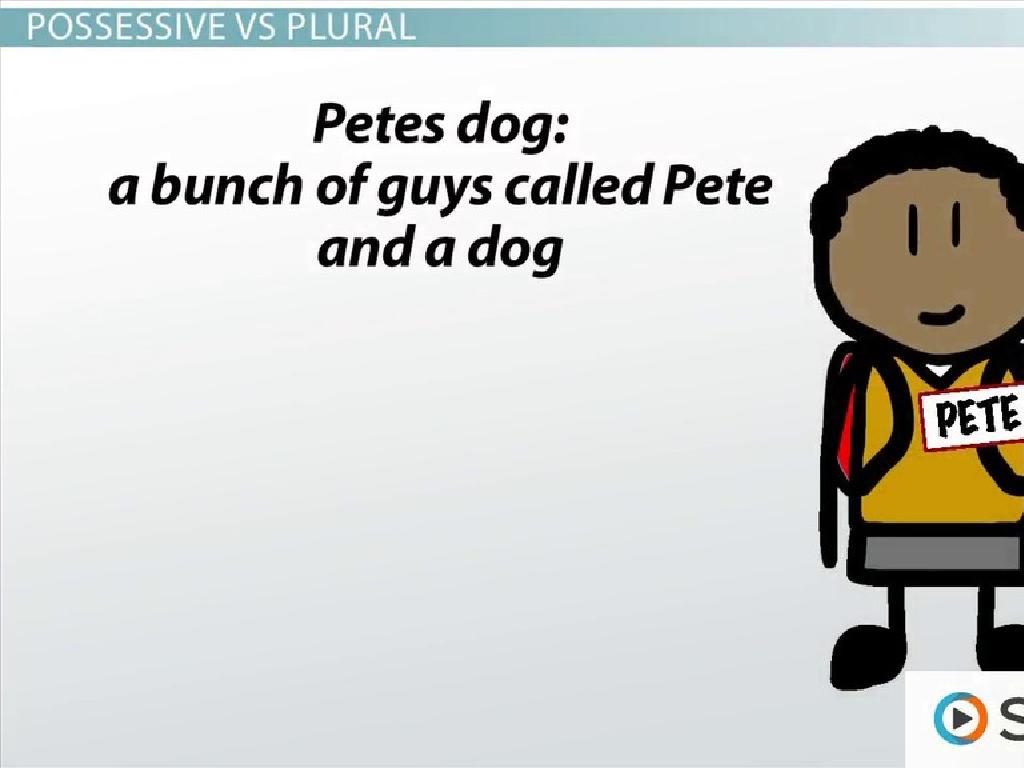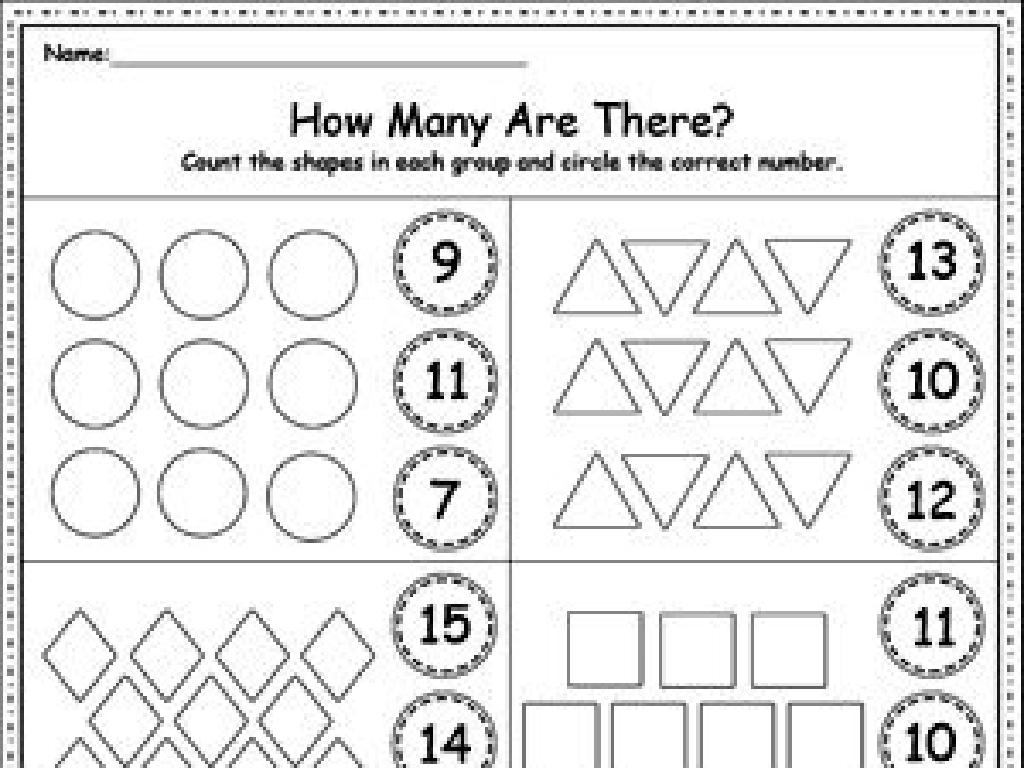Related Subtraction Facts
Subject: Math
Grade: Second grade
Topic: Properties
Summary: This engaging second-grade math presentation introduces related subtraction facts, helping students understand how different subtraction equations with the same numbers are interconnected through fact families. Interactive activities like using counters, drawing, and playing games such as Subtraction Bingo make learning visual and fun. Students practice taking away with real-life examples and group games, building strong mental math and pattern recognition skills for foundational math success.
Please LOG IN to download the presentation. Access is available to registered users only.
View More Content
Welcome to Subtraction Facts!
– Greetings, young mathematicians!
– Subtraction: Taking away numbers
– If you have 5 apples and eat 2, you have 3 left.
– Related subtraction facts explained
– If 9 – 6 = 3, then 3 is also the difference of 6 – 3.
– Examples of related facts
– 10 – 7 = 3 and 7 – 4 = 3 are related facts.
|
Begin the class with a warm welcome to set a positive tone for learning. Subtraction is the process of taking away one number from another. Introduce related subtraction facts as equations that have the same difference. They are like family members that share a common feature. Use simple, relatable examples to illustrate the concept, such as subtracting smaller numbers from bigger ones using items like apples or toys. Encourage students to think of subtraction as ‘finding the difference’ and to see the relationships between different subtraction sentences. This foundational understanding will help them recognize patterns and build mental math skills.
Understanding Subtraction: Taking Away
– Subtraction means taking away
– Example with apples
– Start with 5 apples, give 2 away, count what’s left
– Visuals aid learning
– Pictures or drawings can show subtraction
– Practice with real objects
– Use toys or snacks to subtract in class
|
This slide introduces the basic concept of subtraction as ‘taking away’ to second-grade students. Begin by explaining that subtraction is when we take some away from a larger group and we have fewer left. Use the example of having 5 apples and giving 2 away to make it relatable and easy to visualize. Show a visual representation of this example, such as a drawing or a picture, to help students understand the concept. Encourage students to practice subtraction by using real objects like toys or snacks to physically take away items and count what remains. This hands-on activity will help solidify their understanding of subtraction as they ‘see’ the numbers change.
Understanding Related Subtraction Facts
– Related facts use the same numbers
– Like 7 – 3 = 4 and 7 – 4 = 3 use the same numbers
– Changing order changes the problem
– 5 – 3 is not the same as 3 – 5
– Meet the ‘fact family’
– A group of related addition and subtraction facts
– Practice with examples
– Let’s try 6 – 2 = ? and 6 – ? = 4 together
|
This slide introduces the concept of related subtraction facts, emphasizing that they involve the same numbers but can represent different problems depending on the order. Introduce the term ‘fact family’ as a way to understand how addition and subtraction are connected. Use simple examples to illustrate the concept, such as 7 – 3 = 4 and 7 – 4 = 3, and explain that these are related because they use the same three numbers. Encourage students to practice by finding the missing number in a fact family, reinforcing the idea that subtraction is finding the difference between numbers. Provide several examples and encourage students to create their own fact families.
Fact Family House
– Learn the ‘Fact Family House’
– Numbers live together in a house
– Imagine a house where numbers are like a family
– Example: 7, 5, and 2 are a family
– Because 7-5=2 and 7-2=5, they’re related
– Understand subtraction relationships
– See how subtracting family members gives the other
|
Introduce the concept of the ‘Fact Family House’ to help students understand related subtraction facts. Explain that just like people live together in a house, numbers that are related through subtraction live together in a ‘Fact Family House’. Use a graphic of a house to visually represent the relationship between the numbers. Provide the example of 7, 5, and 2 to show how subtraction connects them: 7-5 equals 2, and 7-2 equals 5, making them a family. This visual and relational approach helps students grasp the concept of subtraction and the interconnectedness of numbers within a fact family. Encourage students to create their own fact family houses with different sets of numbers as practice.
Creating Our Own Fact Families
– Create your own fact families
– Use counters to visualize subtraction
– Counters help see what subtraction takes away
– Draw to understand subtraction facts
– Pictures can show subtraction like 5 apples – 2 eaten = 3 left
– Explain your fact families in class
– Share how you made each family and what it shows
|
This slide introduces an interactive class activity where students will create their own fact families to understand the relationship between addition and subtraction. Provide students with counters or have them draw pictures to visualize the subtraction process. For example, if they start with 5 counters and take 2 away, they can see that they have 3 left. Encourage students to think about the numbers they are using and how they relate to each other in a fact family. After creating their fact families, students should be ready to explain how they created them and what the numbers represent. This activity will help solidify their understanding of subtraction as an inverse operation to addition and the concept of fact families in mathematics.
Practice Time: Mastering Subtraction Facts
– Work on examples together
– Let’s solve subtraction problems as a team.
– Use blocks or counters
– Visual aids like blocks help understand subtraction.
– Ask and answer questions
– Curiosity is key! No question is too small.
– Everyone participates
|
This slide is for a class activity focused on reinforcing the concept of related subtraction facts. Start by solving subtraction problems as a group to demonstrate the process. Distribute manipulatives such as blocks or counters to the students to provide a hands-on experience, which can help them visualize the subtraction process. Encourage active participation by asking students to volunteer answers and to come up to the board to solve problems. Create an open environment where students feel comfortable asking questions. Possible activities include: 1) Group problem-solving, 2) Pair work with manipulatives, 3) Individual practice with teacher guidance, 4) Question and answer session, 5) Interactive games that incorporate subtraction facts.
Let’s Play a Subtraction Game!
– Introduction to a fun subtraction game
– Understand the game rules
– Listen carefully to how we play and win
– Learn the game’s objectives
– Our goal is to practice subtraction facts
– Split into groups and play
– Teams will take turns and help each other
|
This slide introduces an interactive game designed to help second graders practice and reinforce their understanding of related subtraction facts. The game will involve subtracting numbers to find the correct answers. The rules should be simple and clear to ensure all students can follow along and participate. The objective of the game is to provide a fun and engaging way for students to practice subtraction, with an emphasis on understanding the relationship between numbers. By splitting the class into small groups, students can work collaboratively, fostering a supportive learning environment. The teacher should prepare different subtraction scenarios for each group and ensure that each student gets a chance to participate. Possible activities could include using flashcards, board games, or interactive whiteboard games that require students to solve subtraction problems.
Class Activity: Subtraction Bingo
– Distribute bingo cards with problems
– Call out related subtraction facts
– For example, if ’15 – 7′ is called, look for ‘8’
– Mark correct answers on cards
– First to get a line wins ‘Bingo!’
|
This interactive activity is designed to help second graders practice and reinforce their understanding of subtraction facts through a fun game of Bingo. Prepare bingo cards in advance with a variety of subtraction problems. During the activity, call out related subtraction facts, and students will need to solve the problems and mark their answers. The first student to complete a line on their bingo card and yell ‘Bingo!’ wins. Ensure that there are enough bingo cards for the entire class and that the subtraction problems are appropriate for their skill level. Possible variations of the game could include using different patterns on the bingo card, such as ‘four corners’ or ‘full house’, to keep the game engaging and challenging.
Conclusion: What Have We Learned?
– Review today’s key points
– Share your subtraction facts
– Tell us the facts you’ve learned
– Ask any last questions
– Now’s the time to ask!
– Practice makes perfect!
– Keep practicing with your family
|
As we wrap up today’s lesson on related subtraction facts, it’s important to revisit the main concepts to reinforce learning. Encourage students to actively participate by sharing the subtraction facts they’ve learned. This not only helps in assessing their understanding but also boosts their confidence. Address any questions the students may still have to clear up any confusion. Remind them that practicing these facts at home will help solidify their skills. For homework, they can create their own subtraction problems and solve them or play a subtraction game with family members to continue practicing.





